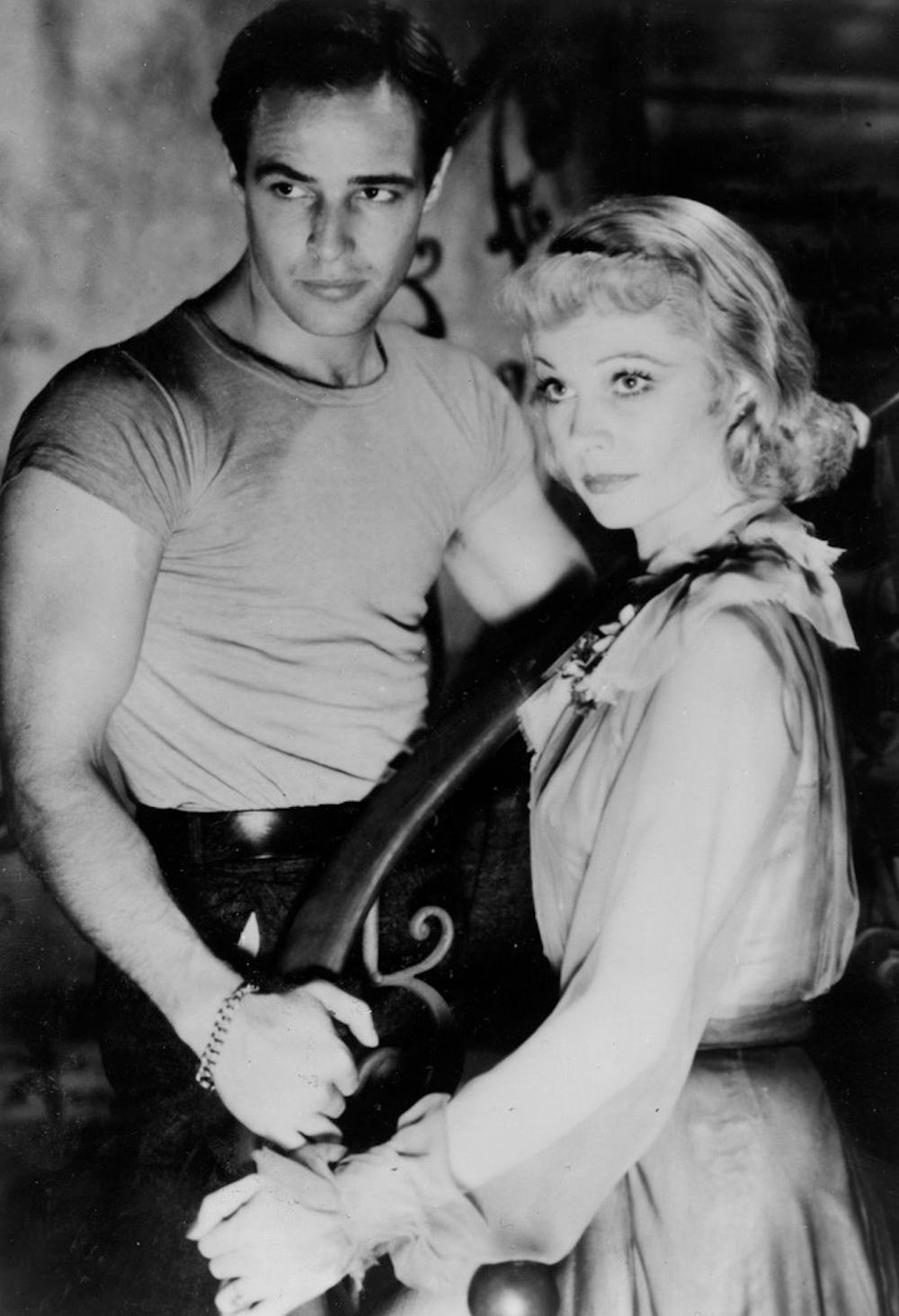After a semester full of classic movies, it has been a pleasure to dive into another era each week. From Gene Kelly to Judy Garland to Audrey Hepburn, the classic beauty and raw talent shone through in each of these timeless pictures.
This week, “A Streetcar Named Desire” with Vivien Leigh (“Gone With The Wind") was my picture of choice. The storyline full of twists created an eerie feel, and the black and white of the film only added to the effect. Quite possibly the most intriguing I've watched yet, “A Streetcar Named Desire” is timeless to say the least.
Vivien Leigh plays Blanche, a haughty woman of high-society with an immensely troubled past, as her first husband from a young marriage killed himself years ago. Soon Blanche loses the family estate and numerous family members. The only one left is her sister, Stella.
Under her circumstances, Blanche goes to New Orleans to stay with Stella in a rundown apartment with her rough around the edges husband, Stanley. Upon their first meeting, Stanley is put off by Blanche’s supposed wealth, as well as her emotional sporadic episodes. Stella attributes it to Blanche's past, but Stanley sees it as a personality disorder, and the living situation slowly unravels.
Leigh’s portrayal of such a complex character was wonderful to see onscreen. As a character that started out earning the audience’s sympathy before becoming a woman of questionable ethics and raising viewers' eyebrows, she balanced the two roles admirably.
Her portrayal of the troubled Blanche was very believable. Interestingly enough, this accurate portrayal was due to Leigh’s own struggle with bipolar disorder. It was so severe that at times Leigh had trouble differentiating her own life from her role of Blanche. As tragic of a case as this is, it made Blanche come alive onscreen, and essentially made the movie.
Stanley (Marlon Brando) also appeared to have some sort of disorder as his fits of rage drove the plot of the picture. His rugged appearance set off his character’s antics, and as Blanche put, his barbaric, cave-man like nature. He also served as a good contrast against Blanche, because although they suffered from similar conditions, their backgrounds made for drastically different outcomes.
The level of passion these actors portrayed created a suspense filled picture, and although it is two hours long, it goes by in a flash.
Although produced in 1951, Blanche suffers from numerous issues that many still face today. Along with her mental illness, she suffers from a need to be adored by all, and Stella incessantly runs around coaxing people to do just that. Blanche’s anxiety as well as her being older and single makes for severe insecurity that she is unable to cope with.
On account of the characters' strong personalities with their an all-consuming storyline, “A Streetcar Named Desire” makes for a classic film worth seeing that holds up to its high rankings.
Tell the reporter what you thought of the film at dpharias@asu.edu or follow @dpharias on Twitter.
Like The State Press on Facebook and follow @statepress on Twitter.




